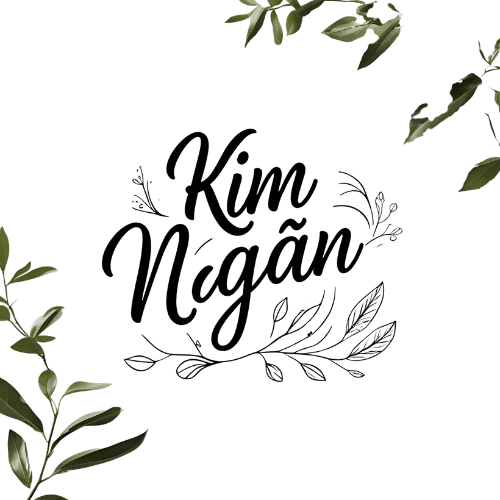Navigating SIM Cards, T-Money, and Currency Exchange in Korea
SIM Cards, T-Money & Currency Exchange in Korea – What to Do Right After You Land
“Before the hanbok, before the street food, before Seoul’s glow — there’s a small moment at the airport where you quietly prepare to connect.”
🛬 You’ve Just Landed — Now What?
Your plane has touched down. You’ve passed immigration, picked up your bag, and breathed in that first unfamiliar-but-kind scent of Korea.
But before heading into the city, there are three quiet things to take care of: SIM, cash, and a little card called T-money. These three will carry you through Korea, calmly and effortlessly — if you set them up right from the start.
Let’s walk through it, step by step.
📱 1. Getting a SIM Card or eSIM – Stay Connected Without Stress
There’s something comforting about having data the moment you arrive — to look up your hotel, call a taxi, or just message someone: “I’m here.”
At Incheon Airport, you’ll find SIM card booths and vending machines right after customs, near Exit 6 and Exit 10 (Terminal 1).
You can choose:
- Physical SIM card (KT, SKT, LG U+) – Most come with unlimited data
- eSIM – Best if your phone supports it. Buy in advance or scan a QR code at the airport
- Wi-Fi egg – Great for groups or if you’re not switching SIMs
📌 Tips:
- Compare plans beforehand on sites like Klook or Trazy
- Choose a package that includes data + a local number (useful for reservations and deliveries)
- Staff at booths usually speak basic English — just say “tourist SIM” and show your passport
💡 Personal note: I prefer eSIM for quick setup and no plastic waste — but any option will work just fine.
💳 2. T-Money Card – Your Key to Moving Like a Local
This tiny card is your secret to moving around Korea without thinking too much. Subways, buses, even some taxis and cafés accept it. And it makes every little journey smoother.
You can buy a T-money card: At any CU, GS25, or 7-Eleven inside the airport
Price: Around ₩2,500 (just over $2 USD)
Add credit (₩10,000–30,000) in cash at purchase or recharge later
📌 Use it for:
- Subways and buses across Korea
- Taxis that show “T-money accepted”
- Some vending machines or convenience stores
💡 Travel tip: You’ll start feeling like a local the first time you tap in without stopping to think.
💱 3. Exchanging Money – Calm, Clear, and Fair
Korea is increasingly card-friendly, but you’ll still need some cash for street food, small shops, or rural areas.
At the airport, you’ll find:
Major bank counters (Woori, KEB Hana, Shinhan)
Currency exchange booths – convenient, but often slightly higher rates
📌 Tips:
- For better rates, exchange a small amount at the airport (~₩50,000–100,000) just to get started
- Later, exchange more at Myeongdong or Hongdae — the best rates are often in local currency shops
- Bring USD, EUR, JPY if exchanging cash — those have the best conversion margins
💡 Alternative: Withdraw directly from ATMs using an international debit card. Look for Global ATM signs. Most 7-Eleven stores have them.
🌿 Final Thought: Three Tiny Things, One Gentle Start
Your SIM connects you.
Your T-money card moves you.
Your cash lets you taste and feel freely.
None of them are complicated.
All of them give you a sense of quiet confidence — like you’ve already begun to belong here.
Before the palaces, before the mountaintops, before the stories…
Take care of these three little things — and let Korea unfold, one smooth step at a time.
🙏 Thank you for reading.
That wraps up the Korea Travel Essentials series — a guide for travelers who don’t just want to “go,” but want to feel ready, connected, and calm.
🧳 → Coming next: Korea Travel Guide by Region – where we explore Seoul, Jeju, Busan, and beyond.
